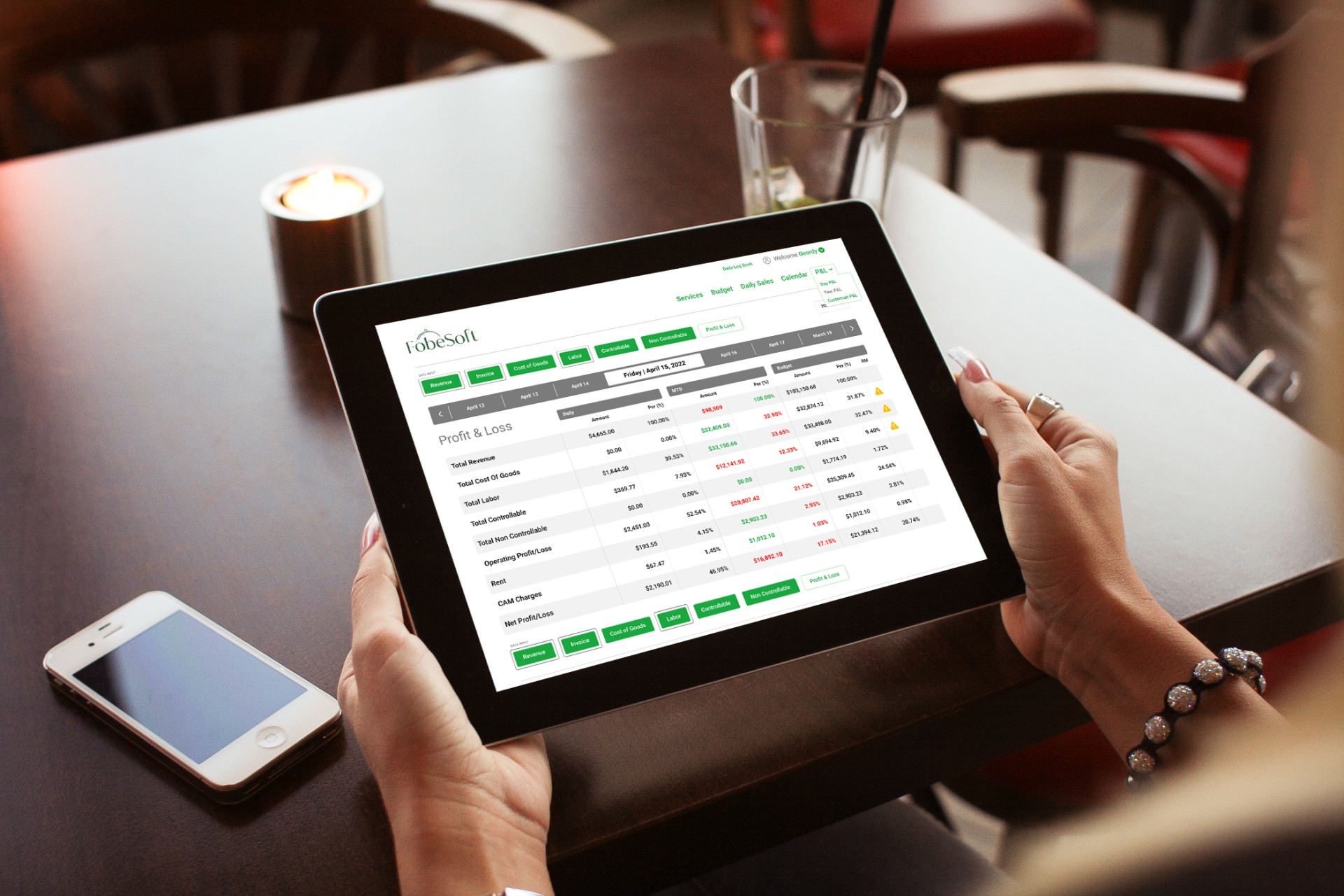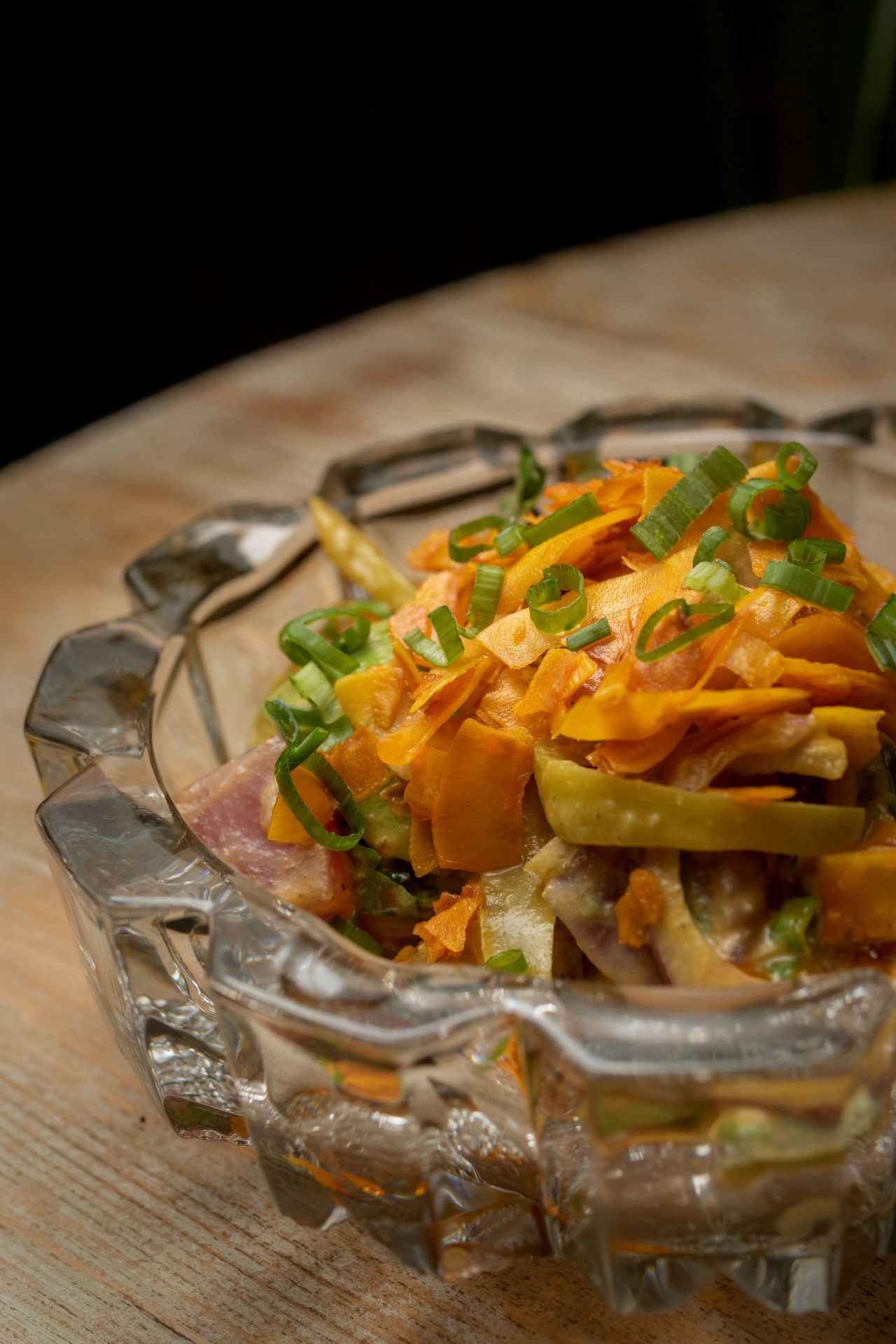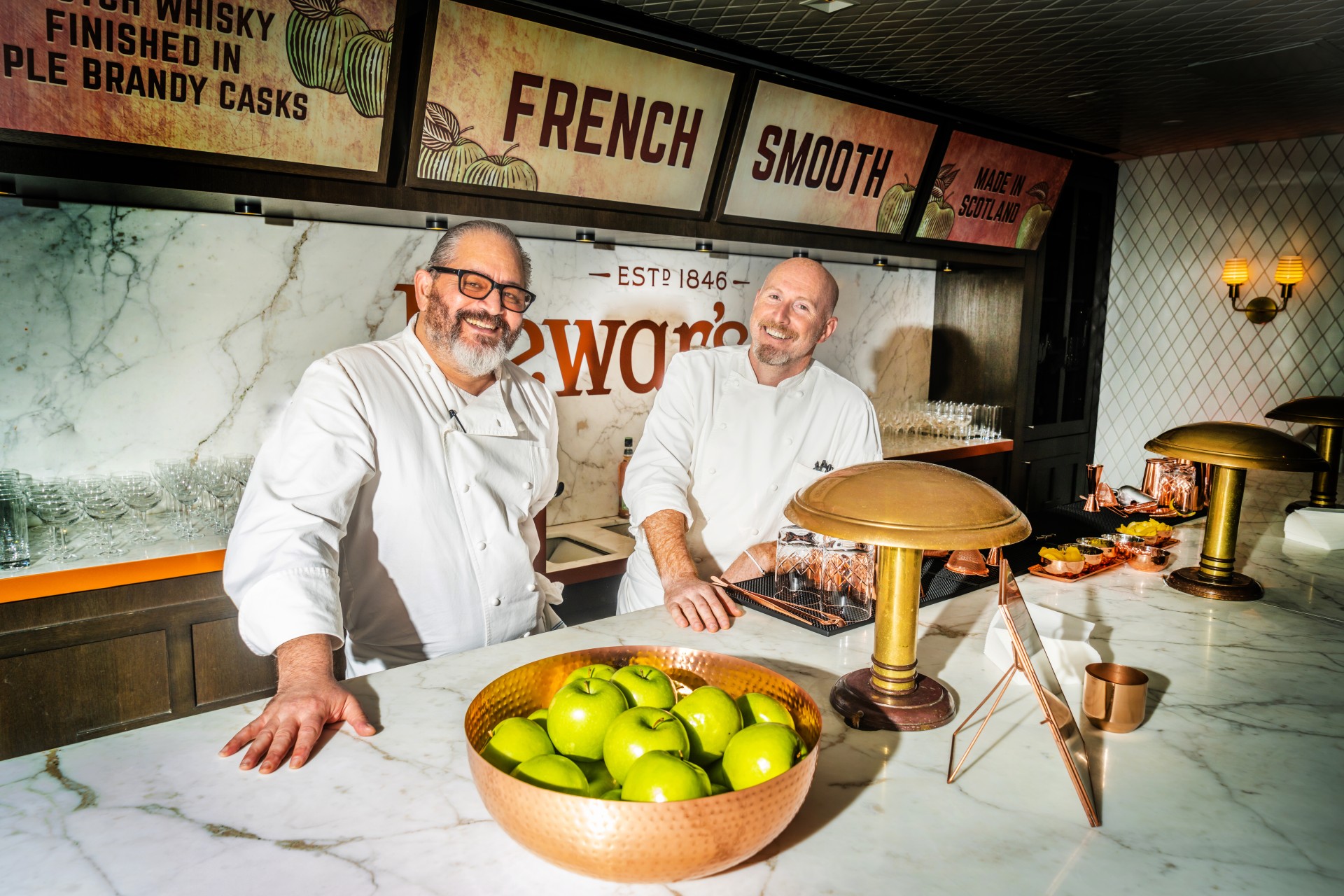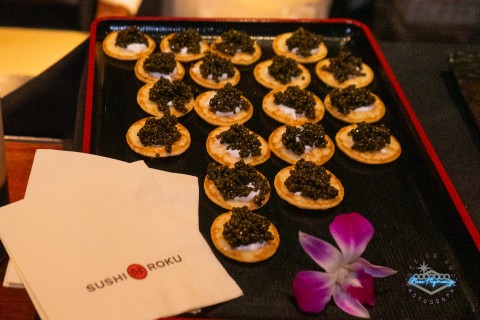Many people who open a restaurant believe the restaurant business is glamorous or that operating a restaurant as a second career will be fun. While this can be true, and many of these people can demonstrate many strengths, money management is probably not one of them. FobeSoft (Food and Beverage Software) has solved that problem, showing how revenue, labor, and expenses can translate into profit.
One of the essential tools is the budget since, without it, owners and their managers have no way of knowing where they stand financially. The team of FobeSoft professionals is dedicated to the success of their clients.
Many restaurant owners and operators do not know if they made a profit until the following month, even with an accountant or QuickBooks. FobeSoft users see where they stand every day.
“The power of controllable factors includes knowing and, more importantly, understanding where your money is being spent and your profit margin. Unfortunately, in our experience, for 9 out of 10 restaurants, this is the most overlooked area of opportunity,” explains Founder and President of FobeSoft Geordy Murphy.
One of the main objectives of FobeSoft is to increase profit by 20 to 40 percent reducing points in the cost of goods, labor, controllables, and other areas. These changes are “little bites.” It can be overwhelming for owners and management to read the money spent for something such as supplies costing $100,000, but FobeSoft works with their clients to break it down into “bite-size pieces.” Give FobeSoft 60 days, and they will add 4 percent points of profits to the bottom line.
When everything is categorized and budgeted, then it makes more sense. This is what the team at FobeSoft does for each client.
The bookkeepers that restaurants typically use just post everything into a category called supplies. One of FobeSoft’s clients showed that they earned $1.2 million in revenue but spent $144,000 labeled as supplies. The client could not determine if each item were supplies for the front-of-house, kitchen, china, glasses, silverware, linen, laundry, or cleaning supplies. When supplies are categorized, the owner and management can then determine where the money is being spent for what product or service. There is an industry standard for these categories, although the actual dollar amount depends on the location and other factors.
When FobeSoft spoke with the chef and asked about creating a budget of $800 to $900 a month for supplies, the chef was very agreeable. While the chef was spending two to three times a month on supplies, the owners or management “assumed” that these expenditures were necessary for supplies. This is not a case of fraud or embezzlement. This is understanding who is spending the month for what and creating a realistic budget. In this case, the expense of supplies came to 14 percent of controllables before FobeSoft created a budget and dropped the controllables to 9 to 10 percent, resulting in significant savings.
Another category is the amount spent on advertising, encompassing traditional media, social media, promotions, and other aspects of getting the message out about the restaurant. One of FobeSoft’s clients was spending $90,000 to $100,000, which comprised 3.5 to 4 percent of the gross revenue.
“Typically, the industry standard for advertising is about 1 to 2 percent. Using FobeSoft, we were able to find 2 points for the client,” says Murphy.
The importance of using FobeSoft with a customized budget, knowing exactly how much money a restaurant should spend every month, and saving on unnecessary expenses.
“With our software, if someone literally spends 5 to 10 minutes a day using it, out of an 8- to 10-hour day building and running the business, spending 10 minutes a day focusing on the financial aspect is well worth the time. FobeSoft will give clients that piece to make restaurants more profitable.
“How many restaurants close at night with three to four people standing around? At increased hourly wages, a couple of those people can leave earlier, saving labor costs,” says Murphy.
Matthew Sloan, the Managing Partner of FobeSoft, brings his extensive restaurant experience as a chef, beginning as a dishwasher as a teen and progressing to executive chef for numerous locations, including the largest specialty food store in the country. Sloan was consulting for restaurants when he met Murphy and was introduced to the power of FobeSoft.
“I always viewed numbers and money as a really complicated endeavor for most operators, and Geordy [Murphy] really simplified the process with this incredible tool called FobeSoft,” explains Sloan.
A food vendor recommended their first potential client, an absentee restaurant owner. The owner would blame the vendor for his food prices, keeping the restaurant in the red. The vendor explained that the restaurant would receive great reviews with a line out of the door when it was open. The restaurant also would purchase a great deal of food and spirits, making the food vendor happy. However, after the demo of FobeSoft, and reviewing the restaurant’s P&L, the restaurant’s revenue was $1.4 million the previous year, but $60,000 in the red.
FobeSoft worked extensively with the managers of the restaurant, and after 90 days, the restaurant showed a profit of $35,000 on the P&L. This was when Murphy and Sloan knew that their business was needed to help the food and beverage industry.
This is not to suggest that using FobeSoft replaces having a restaurant accountant. In fact, an accountant or a bookkeeper is an integral part of the restaurant team in creating the financials necessary for filing taxes. While FobeSoft will base its recommendations on projections, accountants and bookkeepers use actual figures, explaining why P&Ls created by accountants or bookkeepers are submitted the following month. Restaurants need their services. However, FobeSoft helps with the day-to-day cost projections and budgets and works with the clients’ accountants and bookkeepers. In fact, FobeSoft has an accountant as a consultant on their team.
A client of FobeSoft really needed the help of an accountant, and FobeSoft connected with an accountant to straighten out their financials. Between the accountant and FobeSoft, the restaurant, which was losing money, is now profitable.
FobeSoft does not promise to increase a restaurant’s gross revenue but will work with what the owner and management are doing at the moment to become more profitable. FobeSoft was developed as a daily profit and loss tool to compare the budget for managers to use. This way, owners and management know where they stand every day when it comes to the budget, costs, and revenue.
It is all about best practices in the restaurant industry, and FobeSoft has created the tool to lower costs and increase profits. For more info, visit fobesoft.com. Follow on Facebook @FoodBevSoftware, Twitter @fobesoft, and LinkedIn @fobesoft.








